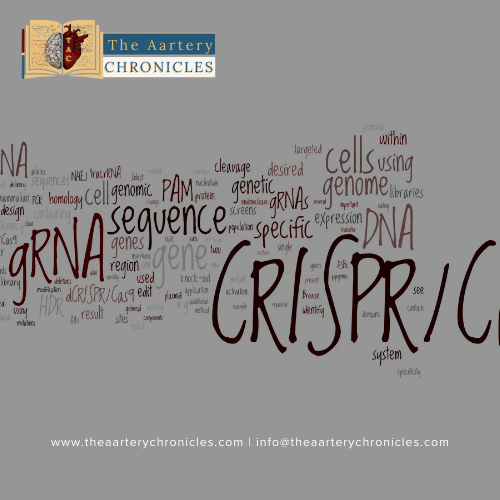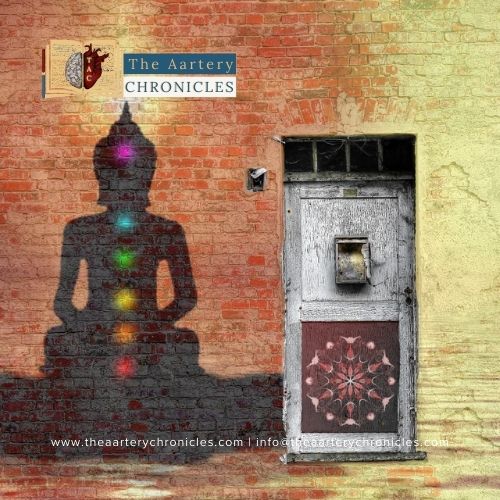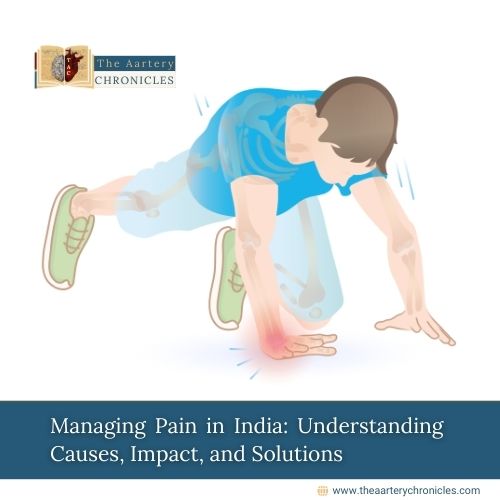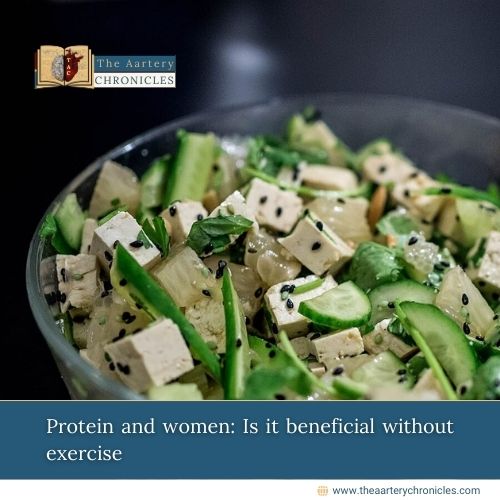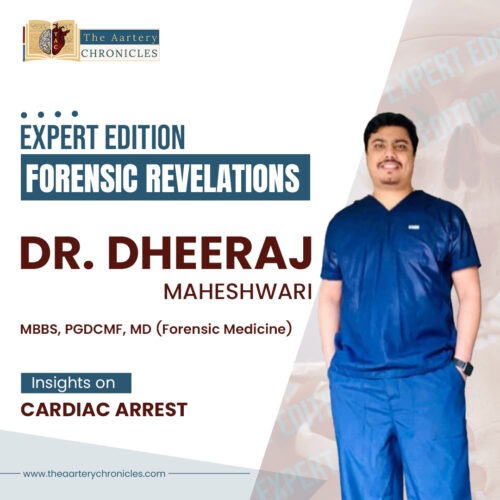
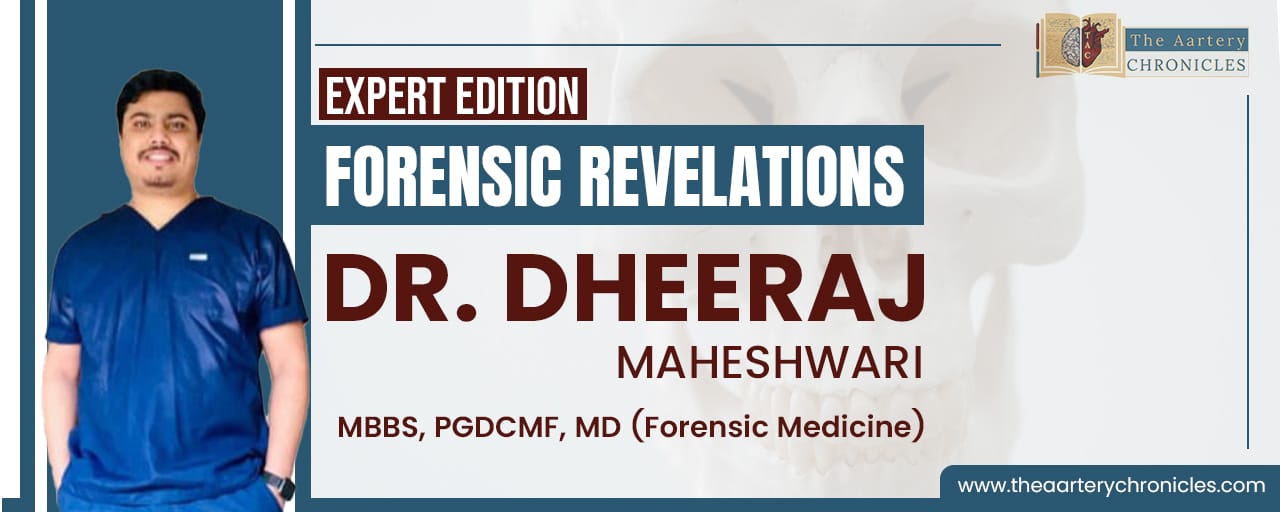
Forensic revelations by Dr. Dheeraj Maheshwari: Understanding Cardiac arrests in Young Adults
In 2021, Siddharth Shukla, a 40-year-old television and Bollywood actor, became yet another addition to the long list of young celebrities who tragically passed away from sudden cardiac arrest, a heart-related condition typically associated with advancing age. In 2023, attention was once again drawn to the significance of heart health for young adults in their early thirties and forties, notably when Bollywood icon and former Miss Universe Sushmita Sen disclosed her heart attack at 47 in February 2023.
Heart disease stands as a prominent global cause of mortality, with its incidence notably increasing in India over the past five years. This surge in cardiac arrest and associated concerns can be attributed to the rapid pace of modern life and changes in lifestyle habits. Heart attacks and related ailments, previously believed to primarily affect older individuals, are now increasingly prevalent among a substantial proportion of younger adults aged 30 to 40. This shift can be attributed to various factors, including a sedentary lifestyle, increased stress levels, sleep disturbances, tobacco and alcohol use, diabetes, high blood pressure, and obesity.
The Aartery Chronicles sought insights from distinguished forensic medicine expert Dr. Dheeraj Maheshwari in light of the rising incidence of heart-related ailments in younger populations. Dr. Maheshwari stressed the crucial significance of recognising and addressing the contributing factors as vital steps in tackling this mounting health risk and promoting heart health across all age groups.
Diving into the Heart of the Matter
In a recent chat with Dr. Dheeraj Maheshwari, he explains that it is worth noting that numerous research studies and medical literature provide evidence that cardiovascular disorders have historically affected young individuals, debunking the notion that it’s a recent medical phenomenon. Contrary to common belief associating COVID-19 with the rising cardiac concerns in young adults, the virus does not notably exacerbate this issue. Dr. Maheshwari explains that the pandemic has drawn attention to existing cardiovascular conditions, prompting heightened scrutiny from both the public and the media regarding heart-related diseases and fatalities.
He further elucidates that sudden cardiac arrest among young individuals is not a spontaneous phenomenon but rather a result of long-standing factors. He emphasizes that this assertion is supported by evidence from autopsies, where a prevalent finding in cases of deaths due to heart attack or coronary artery disease is partially to fully blocked coronary arteries. Furthermore, he recalls instances of individuals as young as 22 years old suffering sudden death as a result of 80-90% blockage in their coronary arteries.
Causes of Increasing Cardiac Concerns in Young Adults
According to Dr. Dheeraj Maheshwari, the rising occurrence of heart problems among young adults is due to a combination of lifestyle and environmental factors. Some of which include:
- Sedentary lifestyle: A significant number of young individuals spend a considerable portion of their day engaged in sedentary activities, whether at work, during leisure time, or while using screens. This inactive way of life can result in weight gain, a decrease in cardiovascular endurance, and an increased likelihood of heart issues.
- Poor dietary choices: Contemporary dietary patterns characterized by the consumption of junk food, heavily processed foods, and sugary beverages have led to elevated levels of obesity, hypertension, and unfavourable lipid profiles among young adults.
- Continuous exposure to plastics: Daily exposure to plastics causes nanoplastic particles to enter the blood stream and elicits an inflammatory response. Microplastics and nanoplastics are environmental stressors for cardiac function and increase the risk of cardiovascular diseases in the population. [2]
- Unhealthy habits: The use of tobacco, as well as the misuse of drugs and alcohol, continues to be a worry among young adults and is closely linked with heart problems.
What is the difference between cardiac failure and cardiac arrest?
Cardiac failure is a progressive, chronic condition where the heart loses its ability to efficiently circulate blood, resulting in inadequate blood flow. Common signs of cardiac failure include fatigue, shortness of breath, wheezing, airway spasms, abdominal swelling, and nausea. The heart’s pumping function deteriorates gradually due to factors like hypertension, coronary artery disease, or damage to the heart muscle.
Sudden cardiac arrest (SCA) is a sudden and life-threatening occurrence that stems from an electrical malfunction in the heart, disrupting its regular rhythm. Frequently triggered by arrhythmias such as ventricular fibrillation or ventricular tachycardia, SCA manifests suddenly and causes an immediate loss of consciousness. Without swift intervention, such as defibrillation, SCA can result in death within a matter of minutes. [3]
Dr. Dheeraj Maheshwari explains how doctors differentiate between the causes of death
Dr. Maheshwari explains that while most heart attacks, also known as myocardial infarction, are not the direct cause of cardiac arrest, they are one of the most significant contributing factors. The heart’s blood supply primarily relies on the left coronary artery (LCA) and the right coronary artery (RCA). The LCA branches into the left anterior descending artery (LAD) and the left circumflex artery (LCX), while the RCA serves the right side of the heart.
Dr. Maheshwari elucidates that during an autopsy, identifying a recent myocardial infarction can be challenging. Even after six hours post-infarction, gross examination may not reveal changes, with microscopic changes only becoming visible after two hours. Therefore, if death occurs within two hours of a myocardial infarction, it may not be detectable through autopsy or histopathology.
Survivors of myocardial infarction may exhibit visible damage to the heart, which can also be observed under a microscope. Subsequently, it can be determined that the person has died due to myocardial infarction. Additionally, significant artery blockages, where more than 70% of arteries are obstructed, can lead to death from coronary artery blockage. This is how the cause of death due to a myocardial infarction or heart attack is determined.
A myth or fact? Vigorous exercise poses a risk of sudden cardiac arrest
Dr. Dheeraj Maheshwari dispels the popular myth that vigorous exercise or strenuous physical activity inherently poses a risk of sudden cardiac arrest and related heart ailments. Instead, he clarifies that the real risk lies in individuals leading sedentary lifestyles suddenly engaging in intense physical activity. In such cases, the heart may struggle to cope with the sudden increase in pressure, leading to coronary artery spasms and potentially fatal consequences.
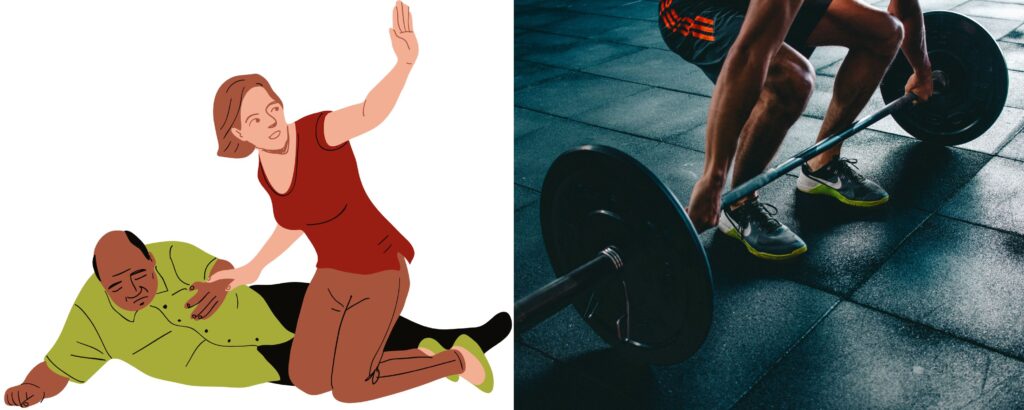
Exercise and Cardiac Risk
Sudden cardiac arrest during exercise is a concerning event, and understanding its causes and risks is crucial. Some causes and risk factors for sudden cardiac arrest during exercise include:
- Coronary artery disease (CAD), whether undiagnosed or already identified, is the predominant cause (80% to 84%) of sudden cardiac arrest (SCA) during exercise.
- Other causes of SCA during vigorous exercise or strenuous physical activity include pre-existing cardiac conditions like hypertrophic cardiomyopathy, dilated cardiomyopathy, myocarditis, arrhythmogenic right ventricular dysplasia, and valvular heart disease.
- Strenuous physical activity, especially among individuals with a sedentary lifestyle, can trigger the onset of acute myocardial infarction (AMI). [4, 5]
Strategies to reduce the risk of sudden cardiac arrest during exercise
An inverse correlation exists between physical activity and the risk of coronary artery disease (CAD), which is the primary cause of sports-related sudden cardiac arrest (SCA). Engaging in regular aerobic exercise directly and indirectly reduces the likelihood of developing CAD. Individuals with lower levels of fitness face a heightened risk of CAD or cardiovascular disease (CVD) mortality compared to those who lead an active and fit lifestyle.
Given the substantial cardiovascular advantages of exercise, it is recommended to engage in a minimum of 30 minutes of moderate-intensity physical activity each day, either continuously or in increments of 10 minutes, preferably on most days of the week. This is equivalent to approximately 1.5 miles of brisk walking per day. Even as little as 15 minutes per day or 90 minutes per week of physical activity is linked to improved survival outcomes compared to being physically inactive. [4, 5]
- Expert Insights from Dr. Dheeraj Maheshwari
- Microplastics: A Matter of the Heart (and Vascular System) - PMC (nih.gov)
- Difference Between Heart Attack, Failure & Arrest | Cedars-Sinai
- Characteristics and Prognosis of Exercise-Related Sudden Cardiac Arrest - PMC (nih.gov)
- Sudden Cardiac Arrest During Sports Activity in Middle Age - American College of Cardiology (acc.org)
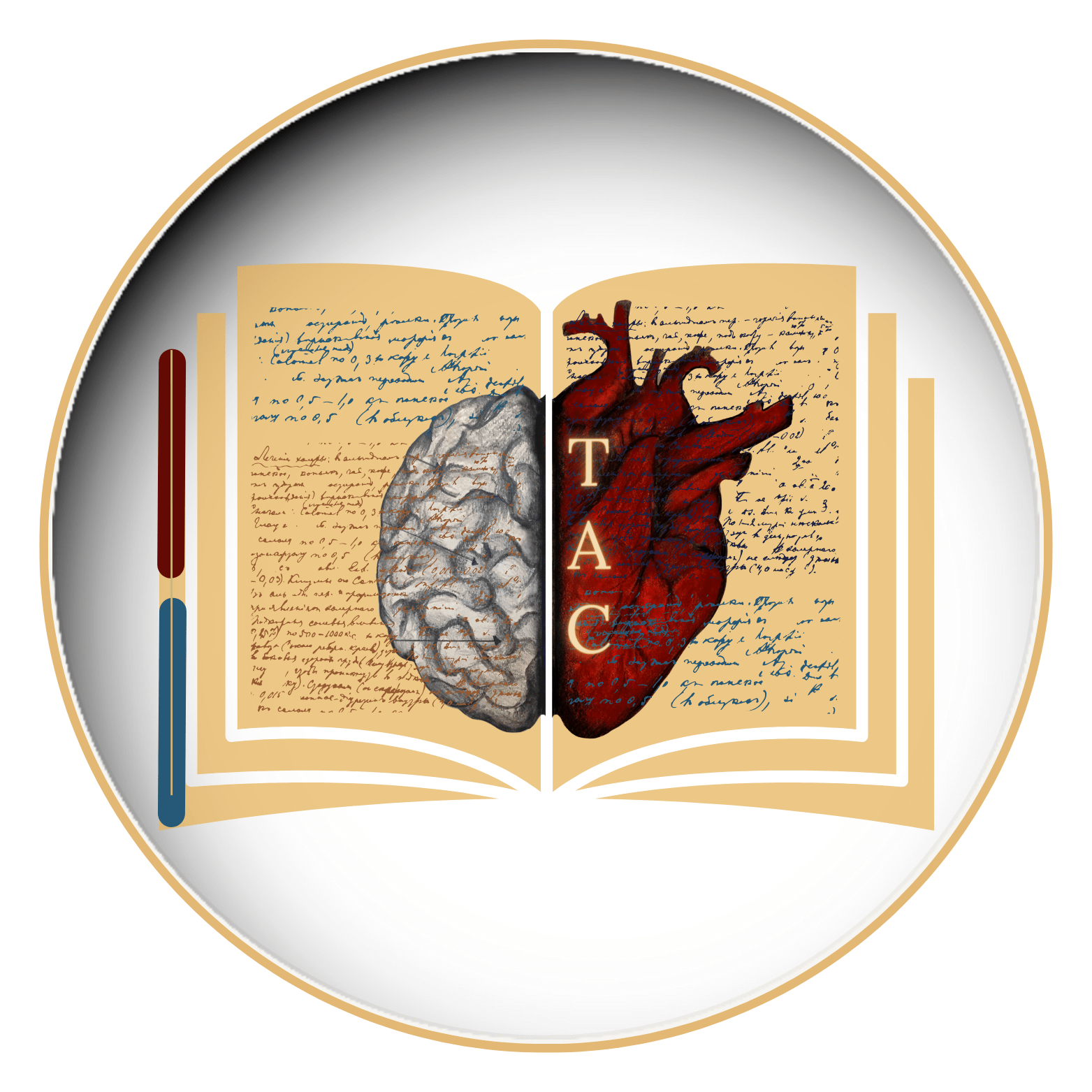
Contributors: Dr. Dheeraj Maheshwari,
Dr. Anjali Singh
Priya Bairagi
- Medicine and Diseases
- Nutrition and Diet








